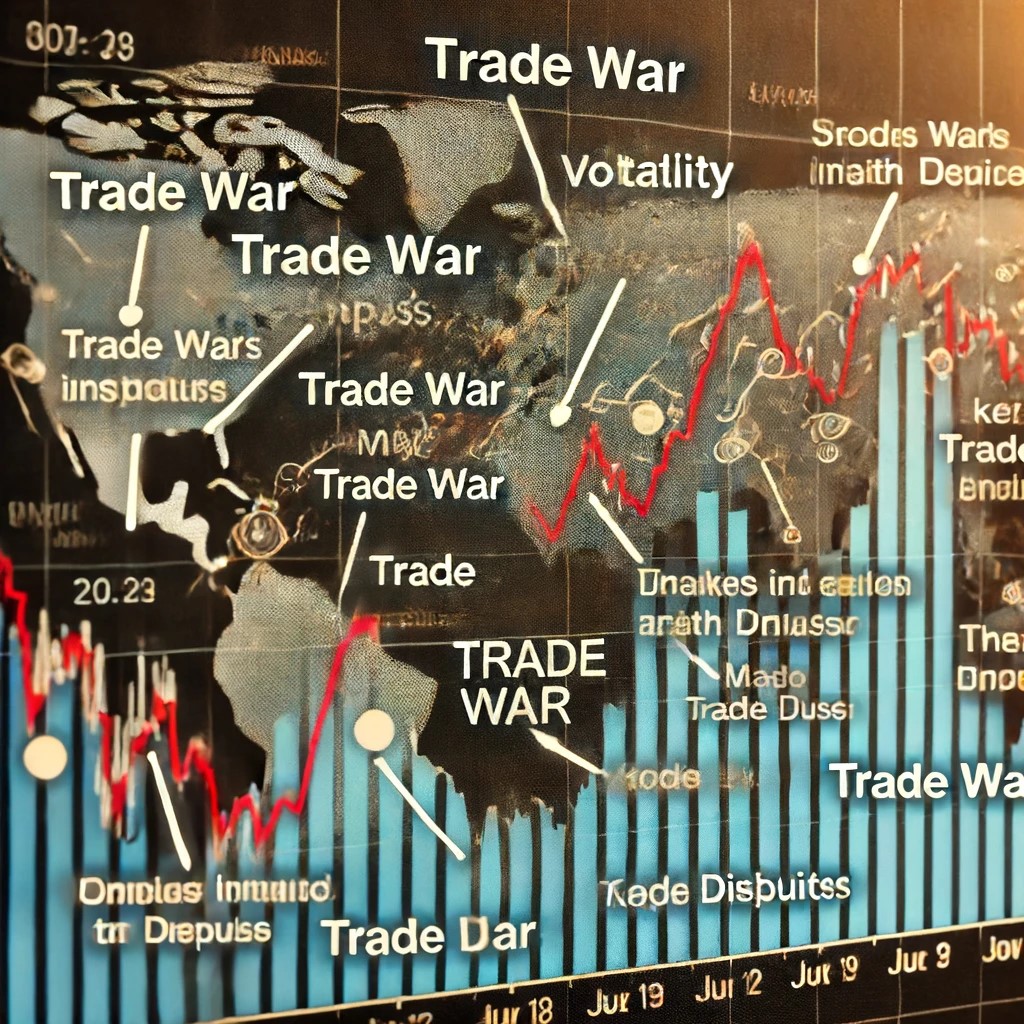In recent years, the banking industry has been at the forefront of technological innovation and regulatory scrutiny. This intersection between technology and regulation is reshaping the financial landscape, presenting both opportunities and challenges for banks globally. As we navigate through the digital age, understanding these dynamics is crucial for stakeholders within the banking sector.

Current Trends in Banking Technology
The adoption of cutting-edge technologies has transformed the way banks operate and interact with their customers. Fintech innovations such as blockchain, artificial intelligence (AI), and big data analytics are driving this transformation. Blockchain technology, for example, offers enhanced security and transparency in transactions, which can significantly reduce fraud and operational costs. AI and machine learning algorithms enable banks to offer personalized financial services, improve risk management, and automate complex processes.
Moreover, the rise of mobile banking and digital wallets has revolutionized customer experience. Consumers now demand seamless, real-time access to their financial information and services, pushing banks to adopt more agile and customer-centric approaches. Open banking, facilitated by APIs, is another trend that encourages greater collaboration between traditional banks and fintech startups, fostering innovation and competition in the industry.

Regulatory Landscape and Challenges
One of the significant challenges in this regard is balancing innovation with regulation. Overly stringent regulations can stifle technological advancements, while lax oversight can lead to security breaches and financial instability. Therefore, regulators are increasingly adopting a risk-based approach, focusing on areas with the highest potential impact.
Future Predictions
Looking ahead, the intersection of technology and regulation in banking is expected to become even more pronounced. As financial institutions continue to innovate, regulatory frameworks will evolve to address emerging risks and ensure a level playing field.
One future trend is the increased use of regulatory technology (RegTech). RegTech solutions leverage AI, machine learning, and big data to help banks comply with regulations more efficiently and effectively. These technologies can automate compliance processes, monitor transactions for suspicious activity, and provide real-time reporting to regulatory authorities.

Another prediction is the rise of decentralized finance (DeFi) platforms. DeFi utilizes blockchain technology to offer financial services without intermediaries, potentially disrupting traditional banking models. However, the growth of DeFi will likely prompt regulators to develop new frameworks to address the unique risks associated with decentralized systems.
Additionally, the integration of environmental, social, and governance (ESG) criteria into banking regulations is expected to gain traction. As global awareness of climate change and social responsibility increases, banks will be required to adhere to stricter ESG standards, influencing their lending and investment decisions.
Conclusion
The intersection of technology and regulation in banking is a dynamic and evolving landscape. While technological innovations offer numerous benefits, they also pose significant regulatory challenges. Striking the right balance between fostering innovation and ensuring financial stability is essential for the sustainable growth of the banking sector. As we move forward, collaboration between banks, fintechs, and regulators will be key to navigating this complex terrain and harnessing the full potential of technological advancements in banking.

Best Ways to Save Money on Household Expenses

How to Maximize Your 401(k) Contributions

Green Bonds: Financing the Future of Sustainable Projects

The Impact of Trade Wars on Global Investments

Understanding the Role of Fiscal Policy in Economic Management

The Impact of Technological Disruption on Investment Strategies

The Evolution of Corporate Finance in the Digital Age
